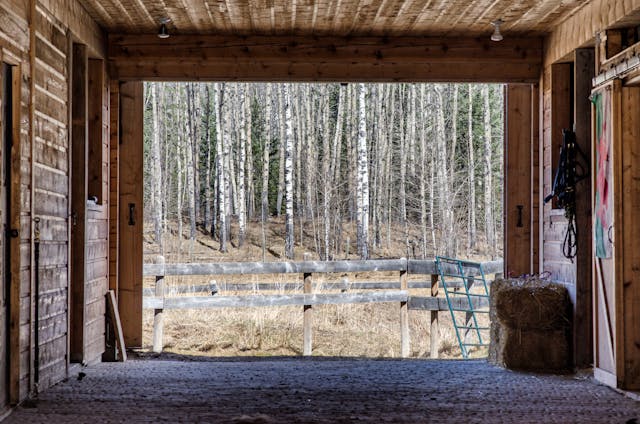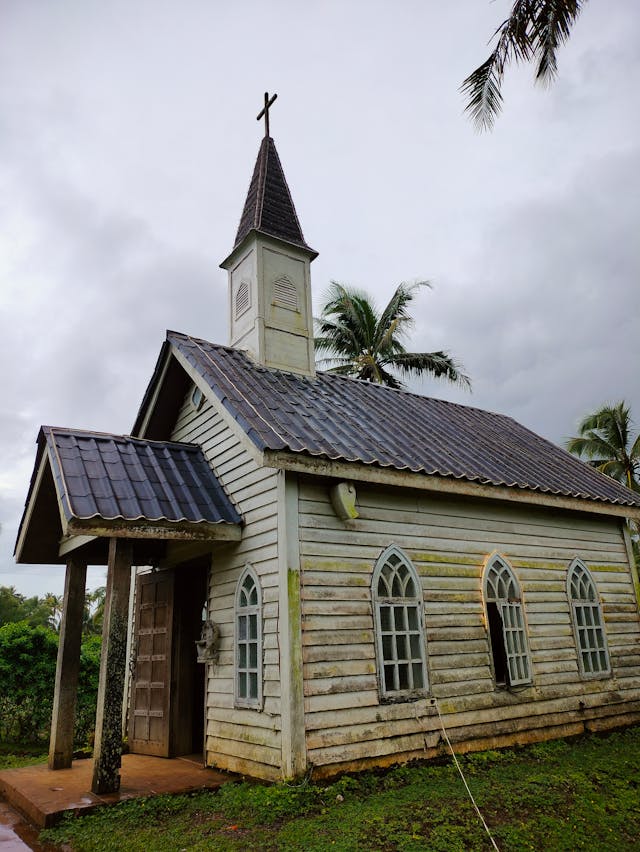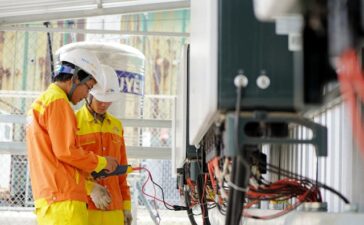A well-built shed is an invaluable asset, whether it’s used for storing tools, housing livestock, or protecting hay and machinery from the elements. However, exposure to moisture, pests, and extreme weather conditions can take its toll, leading to rust, rot, and termite damage. Proper maintenance and preventative measures can significantly extend the lifespan of your shed, saving you costly repairs down the line. Here’s how to keep your shed in top condition for years to come.
Preventing Rust: Shielding Your Shed from Corrosion
Rust can be a major concern, particularly for steel sheds exposed to rain and humidity. To minimise the risk of corrosion:
- Choose high-quality materials – Opt for galvanised or Zincalume® steel, which is designed to resist rust and withstand Australia’s harsh climate.
- Maintain proper drainage – Ensure your shed is built on a level, well-drained surface to prevent water pooling around the base. Installing gutters and downpipes can also help redirect water away from the structure.
- Apply protective coatings – Using a rust-resistant paint or sealant can provide an extra layer of defence against moisture and oxidation.
- Regularly inspect for damage – Even the smallest scratches or chips in metal can become entry points for rust. Touch up any exposed areas promptly with a rust-inhibiting primer and paint.

Avoiding Rot: Protecting Wooden Elements from Moisture
For sheds that incorporate timber elements – whether in framing, doors, or cladding – rot can become a serious issue if moisture isn’t managed effectively. Here’s how to prevent decay:
- Elevate timber components – Any wooden parts of the shed should be raised off the ground to prevent direct contact with soil, which can lead to moisture absorption and rot.
- Use treated timber – If timber is necessary, opt for pressure-treated wood that resists fungal growth and decay.
- Ensure proper ventilation – Good airflow helps reduce humidity levels inside the shed, preventing condensation buildup that could lead to wood rot. Installing vents or leaving gaps in the cladding can promote better circulation.
- Seal and stain wooden surfaces – Applying a weatherproof sealant or stain protects timber from absorbing excess moisture while also enhancing its durability.
Keeping Termites at Bay: Safeguarding Your Shed from Pests
Australia’s climate makes termite infestations a real threat, particularly for sheds with wooden structures. To keep these destructive pests away:
- Use termite-resistant materials – Steel sheds offer a natural defence against termites, making them a durable and low-maintenance option. For sheds that incorporate timber, opt for termite-treated wood.
- Maintain a termite barrier – Installing a physical or chemical termite barrier around the shed’s foundation can deter infestations. Regularly inspect the perimeter for signs of termite activity.
- Keep the area clear – Avoid stacking firewood, mulch, or other organic materials against the shed, as these can attract termites. Maintain a clear zone of at least one metre around the structure.
- Schedule professional inspections – Regular termite inspections from a licensed pest control professional can help detect and address infestations before they cause serious damage.

Investing in a Durable, Long-Lasting Shed
One of the best ways to avoid rust, rot, and termite damage is to start with a high-quality, well-designed shed. For those looking for a reliable storage solution, there are hay sheds for sale that are built to withstand Australia’s demanding conditions. These sheds offer superior protection for feed, equipment, and livestock, ensuring your investment is safeguarded for years to come.
By taking proactive measures to prevent rust, rot, and termites, you can ensure your shed remains a sturdy and functional asset for the long haul. Regular maintenance, strategic material choices, and a bit of preventative care go a long way in preserving its longevity.





